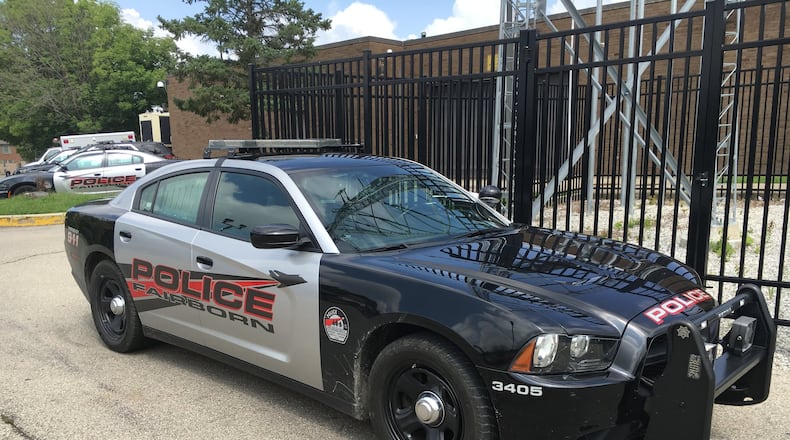It’s intended to let first responders or others better monitor, comprehend and manage what’s happening at a scene, according to the company.
“Today’s communication gear, while technologically very robust and hardened and quite expensive, frankly does not help them comprehend the situation well,” said Roger Mann, CEO of GlobalFlyte.
RELATED: Air Force research hits commercial market
The test was expected to start within weeks after training, according to the city.
“We’re basically going to try it out,” said Fairborn Police Department Capt. Terry Bennington, who is in charge of the dispatch center. “I’m sure whatever we can take advantage of and test for we’re going to do that.”
Police, firefighters, medics and public works employees could all make use of the technology, according to Timothy A. Shaw, president and CEO of GlobalFlyte in Riverside.
During the test, the company aims to learn how first responders use the technology in the field daily and gain feedback, he said.
The technology uses AFRL-developed multimodal communications, meaning it spatially separates conversations during radio chatter such as people talking over one another in chaotic situations. It also hones-in on key words and provides a real-time audio transcript, among other features, according to the company.
RELATED: Fairborn economic development director to be hired as city manager
GlobalFlyte has licensed the technology from AFRL, headquartered at Wright-Patterson Air Force Base.
As part of the tool, GlobalFlyte created a smart phone app, called “Minute Man.” Users, such as first responders, can locate where personnel and critical structures are at an incident scene while stitching in live video of what’s happening, Shaw said.
Users can communicate without using radio chatter and share photos and video in real time, he said.
A video camera, called “Live Eye,” is mounted on a pole or tethered to a drone as part of the system.
About the Author
